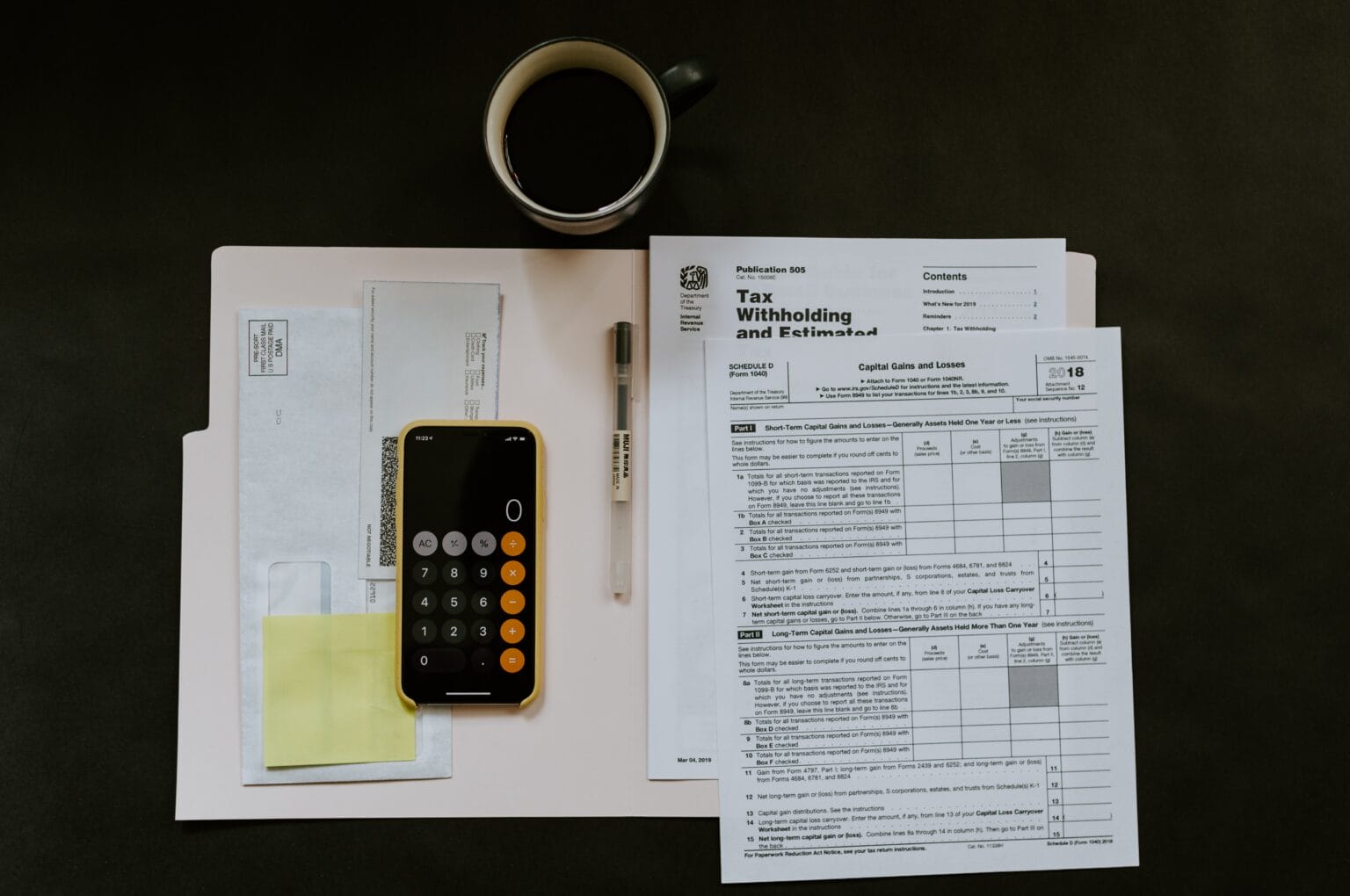The $600 reporting limit that the IRS will be enforcing next year and what you need to know about it
Payments through third-party networks like Venmo and PayPal are part of the “$600 rule.”
The Internal Revenue Service’s “$600 rule” won’t go into effect until next year. This gives taxpayers who will be affected one more year before they might start getting tax forms because of the new lower reporting threshold.
Basically, if you use a third-party payment platform like PayPal, Venmo, or Cash App to get paid for your side gig or business, you must report payments of at least $600. To make sure this reporting happens, which is different from an older rule with a higher threshold, third-party payment platforms will have to send eligible business account holders a Form 1099-K to show the income.
The old rule about how to report
Some of the attention around the new rule is focused on the question of how you can tell if you need to pay taxes on transactions made through third-party payment apps. It’s important to remember that the IRS has always expected people to report all taxable income. This includes money you make from selling goods and services as a business.
This information is usually sent to the IRS on a form called a 1099-K. The Form 1099-K is a form for reporting transactions made through platforms like Venmo, Cash App, and PayPal that are not part of your own network.
When a taxpayer crosses the threshold that triggers the tax form, third-party payment services usually send this form to the taxpayer and a copy to the IRS. Under the old rule, this limit was either $20,000 in earnings or 200 transactions, whichever came first.
This “old rule” should have been done away with at the end of last year. But to give everyone time to get ready for the change, the “old rule” will still be used for reporting until December 31, 2023.
So, if your business or side gig made at least $20,000 or had at least 200 transactions through third-party payment platforms in 2022, you can expect to get a Form 1099-K by January 31, 2023, which you will need for your taxes. Even if you didn’t earn enough to get a 1099-K and don’t expect to get one, you still have to report all taxable income.

The “$600 rule”
Under the new rules set by the IRS, if you sold goods or services through a third-party payment platform and were paid more than $600, you will get a 1099-K form to report the income. With this new, lower limit for when you need to fill out a tax form, more people who have side jobs, small businesses, or gigs may report the money they make.
The decision to put off the new “$600 rule” was partly due to the expected rise in the number of reports. People were worried that a lot of taxpayers would get 1099-K forms out of the blue and would need more time to learn about the rules. Also, taxpayers needed more time to tell the difference between personal and business payments so that the wrong payments wouldn’t be reported on the form.
How will this affect you and your money?
For the 2022 tax year, taxpayers will follow the old IRS rule, which says that you should get a 1099-K if you made at least $20,000 or had 200 transactions. The “$600 rule” won’t cause you to get tax forms until next year.
Again, this rule is for people who have a side job, a small business, or do part-time work and get paid through a business account on third-party payment platforms. So, if you don’t have a business account and you’re just sending money to friends for a restaurant bill or a vacation, this doesn’t apply to you, and your transactions won’t make a 1099-K form.
Again, keep in mind that you must still be ready to report your taxable income even if you’ve been doing business but haven’t made enough money to get a 1099-K form.
Business owners and other people who earn money that doesn’t get taxed right away are often told to save about 20% of their earnings for taxes. This is to make sure you don’t spend all of your income before tax time and don’t have to scramble to find money to pay your bills.
Filing taxes can be scary, but you should never wait until the last minute to start collecting documents and filling out forms. TurboTax helps you step-by-step, has live support, and has a CPA look over your taxes at the end. If not, you can always have a tax expert do everything for you and sign it.
Bottom line
By lowering the amount that triggers a tax Form 1099-K, more gig workers and small business owners who use third-party payment platforms can expect to get this form when they file their taxes next year. The old rule will still be in place until December 31, 2023.
Keep in mind that under the old rule, just because you didn’t get a Form 1099-K didn’t mean you didn’t have to file taxes on your income. You still have to tell the IRS about all of your taxable income; getting a Form 1099-K doesn’t mean you don’t have to file taxes on your income. You still have to tell the IRS about all of your taxable income. Visit the IRS website to find out more.
